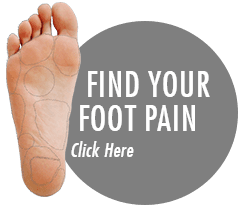Blog
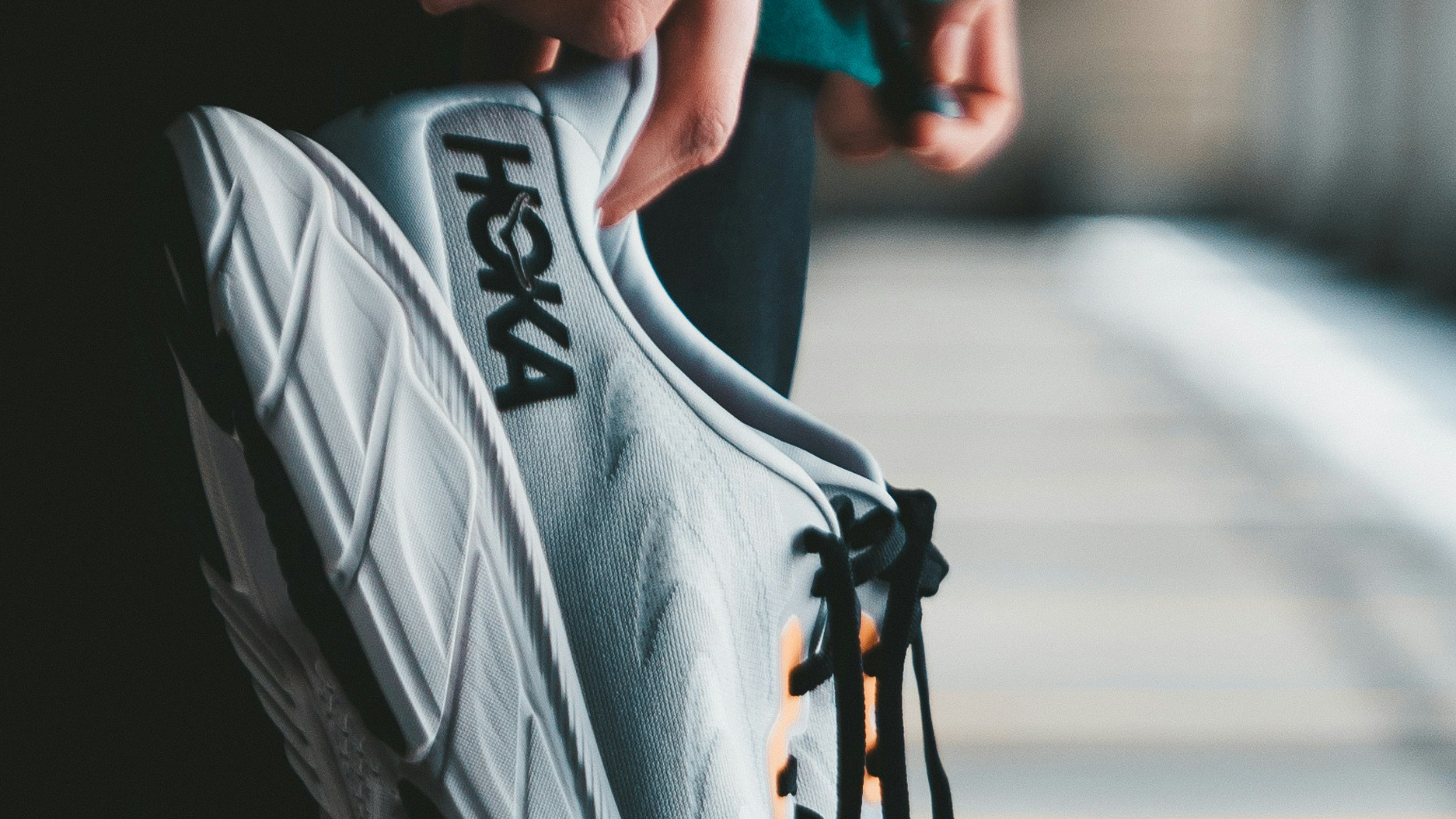
Are your running or walking shoes starting to show signs of wear? Are those little aches and niggles creeping back into your routine? As much as we wish they could last forever, running shoes don’t stay in peak condition indefinitely. In general, it's recommended to replace your running or walking shoes every 800–1,000 kilometers (or about every 500–620 miles), depending on your running style, terrain, and shoe quality. Here’s why regular updates are essential—and how to tell when it’s time for a new pair. What Makes Shoes Wear Out Faster? You might be unknowingly shortening the life of your shoes with a few common habits. Here are some things to keep in mind: Not Untying Your Laces It may sound like something your parents would remind you about, but untying your laces before taking off your shoes is crucial. If you slip off your shoes without loosening the laces, you put unnecessary pressure on the heel and the internal structure of the shoe, leading to faster wear. Untying the laces not only preserves the shape of the heel counter but also ensures better ankle support. Using the Wrong Shoe for the Terrain Not all shoes are made equal. Running shoes are designed for smooth surfaces, while trail shoes are built with harder-wearing, grippier soles to handle rough, uneven terrain. If you're regularly alternating between the road and trails, consider investing in two pairs: one for pavement and one for the trails. This will extend the life of your shoes and provide better support for each environment. Wearing the Same Pair Every Day Your shoes need time to recover, too. The foam in running and walking shoes compresses with each step, and if you wear the same pair every day, the foam doesn't get a chance to fully return to its original state. For optimal performance and longevity, consider having two pairs of shoes to alternate between. How to Assess When Your Shoes Need Replacing When it’s time to shop for new shoes, there are a few key things to check before making your purchase: The Heel Counter The heel counter (the part at the back of the shoe that provides structure and support) is a critical component. If it’s flimsy or can be easily pushed down, the shoe may no longer be offering the necessary ankle support. Make sure the heel counter is firm and intact. The Midsole Try wringing out the midsole of the shoe—if it bends easily or shows deep creases, it’s time for a new pair. The midsole should maintain its structure and firmness to provide the cushioning and support your feet need. The Toebox Your toes need space to move. A good rule of thumb is to make sure you have about 1 cm of extra room at the front of the shoe to allow for toe movement and to prevent painful impacts. Don’t forget to measure to your longest toe (whether it’s your big toe or another one) to ensure you get the right fit. Level of Support Every foot is different, and so is the level of support you need. Whether you’re looking for a neutral shoe, one for overpronation, or more structured support, it’s important to choose a shoe that matches your foot’s unique needs. Getting professionally fitted at a reputable store—like Shoe Clinic—can help ensure you pick the right shoe for your specific requirements. Final Thoughts: Choosing the Right Shoe for Your Journey Whether you’re a seasoned runner, a weekend warrior, or just starting your fitness journey, the right shoes are more than just an accessory—they’re essential for keeping your feet (and your whole body) healthy. Don’t overlook the importance of replacing your shoes regularly to avoid discomfort and prevent injury. If you’re unsure about when it’s time to replace your shoes or need help finding the perfect pair, visit a specialist who can guide you through the selection process. Your feet will thank you! Phone (06)877 3249 to arrange an appointment or visit the link below: Book an appointment now
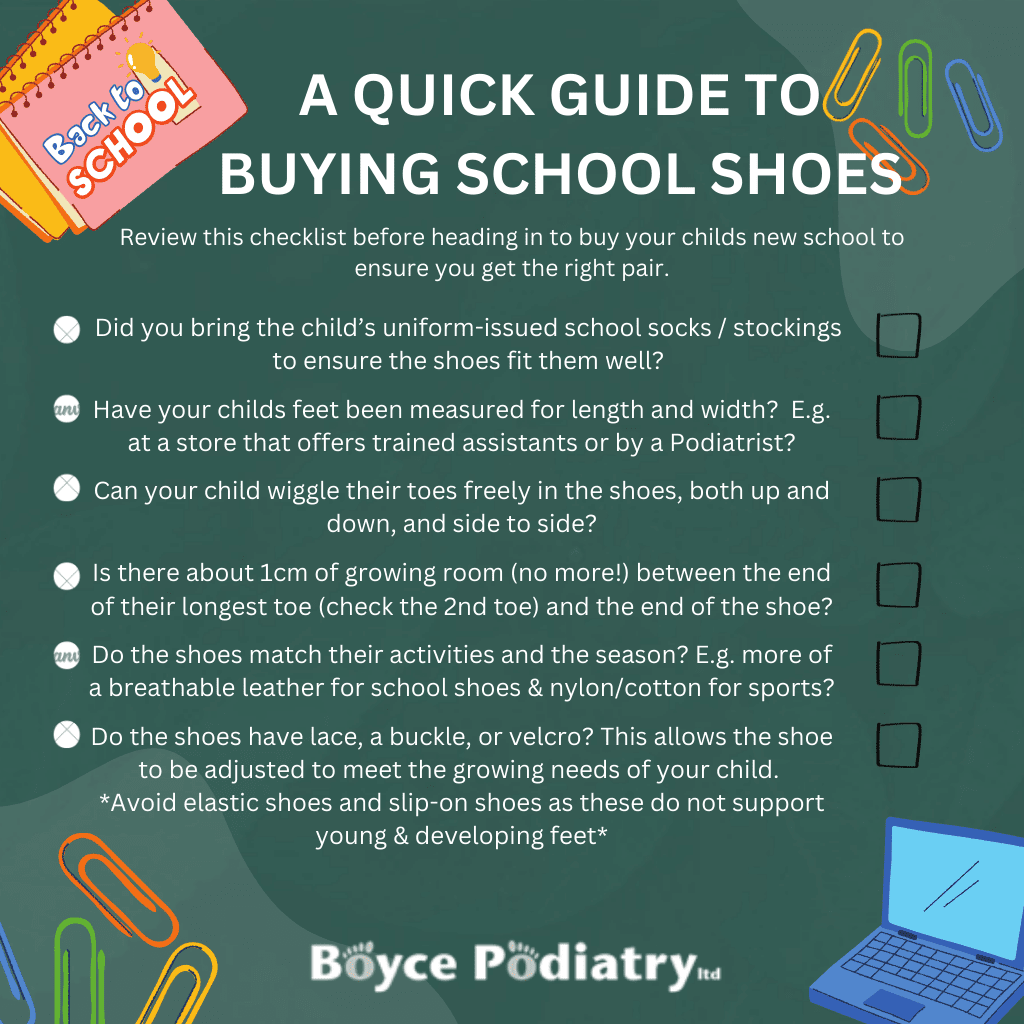
While parents often worry about their children's health, the development of their feet is sometimes overlooked. Poor footwear in childhood can lead to adult foot issues like hammer toes, bunions, and ingrown toenails. Properly fitting shoes can prevent these problems. An important note for parents or friends / caregivers that are buying shoes for young children is to make sure you're not being sucked into the illusion of a stylish shoe but rather a functional and appropriate shoe. At such a young age children are generally unable to tell you that the shoes they have on are uncomfortable, which makes it even more important for us to know what shoes are appropriate for younger children. Key Points for Fitting Children's Footwear: Frequent Measurements: Children’s feet should be measured every 3 months to ensure they have the right size. Fit Guidelines: There should be a thumb width of space between the shoe and the longest toe. The shoe should be straight at the sole, flexible across the ball of the foot, and have a secure heel counter. Material: Leather or canvas shoes are better for durability. Avoid Breaking In: Shoes should not need to be "broken in." If they do, they’re likely not the right fit. Toe Room: Shoes should have a rounded toe box for ample toe movement. Foot Growth in Children: Children under 18 months grow about half a foot size every two months. Toddlers grow half a size every three to six months depending on their age. Types of Footwear: Pre-Walkers: Babies don’t need shoes; soft booties or flexible shoes are ideal. First Shoes: The first real shoes should be worn once the child is walking unaided (around 9–18 months). Ideal Footwear: Soft, flexible shoes with plenty of toe room are generally best for active kids. Support and Injury Prevention: Footwear is mainly used to prevent injury. It’s not meant to correct deformities. If there are concerns about foot development, consulting a podiatrist is recommended. If you have concerns about your child's feet, consulting a Podiatrist is a great way to get advice and put minds at ease. Phone (06)877 3249 to arrange an appointment or visit the link below: Book an appointment now

We’re on the countdown till summer, the weather is warmer, the days longer and the motivation to get out and about is definitely on the up. Whether it's been a winter of hibernation or taking a break from your usual routine, reintroducing physical activity back into your routine is great, not only for your physical health but also your mental health. Here are some tips to safely ease your way back into your fun summer activities to help ensure your feet stay happy and healthy. Set a realistic goal and start slow I'm sure most of us would love to put our sneakers on and run up Te Mata peak to dust off the cobwebs but that isn't always the best idea. Starting off with a few smaller walks and trails is a great way to measure your endurance and ability. Once these lighter walks and trails become too easy then this is your cue to ramp things up - slowly. 0-100 almost never goes well so start slow and listen to your body. Choosing the right footwear Footwear plays a huge role in helping to avoid little niggles but also helps to provide some cushioning and support for your specific activity. If your goal is more trails and hikes, consider a trail sneaker, or trying a hybrid if you plan on hitting the pavement and trails. For longer walks on pavement or thinking of running? A proper running shoe will be the go. We recommend getting shoes fitted to you. We enjoy working with the Shoe Clinic with their expert knowledge around shoe fit and selection. They take the time to look at your walking/running, 3D scan your foot size, discuss your activity to get you fitted with the best possible shoe. Warm up Warming up before walking or running gets your blood flow to your muscles and helps to signal your tendon that you are about to increase its load. A 5-10 minute warm-up, such as light walking or dynamic stretches such as calf raises, prepares your body for exercise. After your workout, don’t skip stretching! Focus on your calves, hamstrings, and quadriceps to maintain flexibility and reduce the risk of injury. Always listen to your body As you get back into your routine, pay close attention to how your body feels. If you experience any pain—especially in your feet or lower legs—take a break and assess your situation. Ignoring discomfort can lead to more serious issues down the line. Remember, it's okay to modify your activities to suit your current fitness level. Incorporate Foot Care into Your Routine With increased activity, it's essential to take care of your feet. Keep them clean and dry, change your socks after every wear, and don’t forget to moisturize to prevent dry skin. If you notice any persistent pain, swelling, or unusual changes, consult the clinic to address potential issues early. Check the soles of your feet and in between your toes regularly to ensure your arent missing any potential fungal infections starting. Pain Should it be sore? Muscle soreness is common when starting to increase your activity levels. Stretching and foam rolling post activity will help to reduce some muscle achiness. Doing regular strengthening exercises such as calf raises will also help to build some muscle endurance. If pain becomes more regular and takes longer to settle down then it might be your cue to go and see us. As Podiatrists we are specialists in the lower limb, from diagnosing to treating conditions of the lower limb. We assess your gait (your walking or running style), check your mobility and strength, find any sore points (whether its tendon, ligament or muscle) and help to get you back better than ever. Don’t leave it too long as it’s much easier and faster to recover from a niggle. Phone (06)877 3249 to arrange an appointment or visit the link below: Book an appointment now
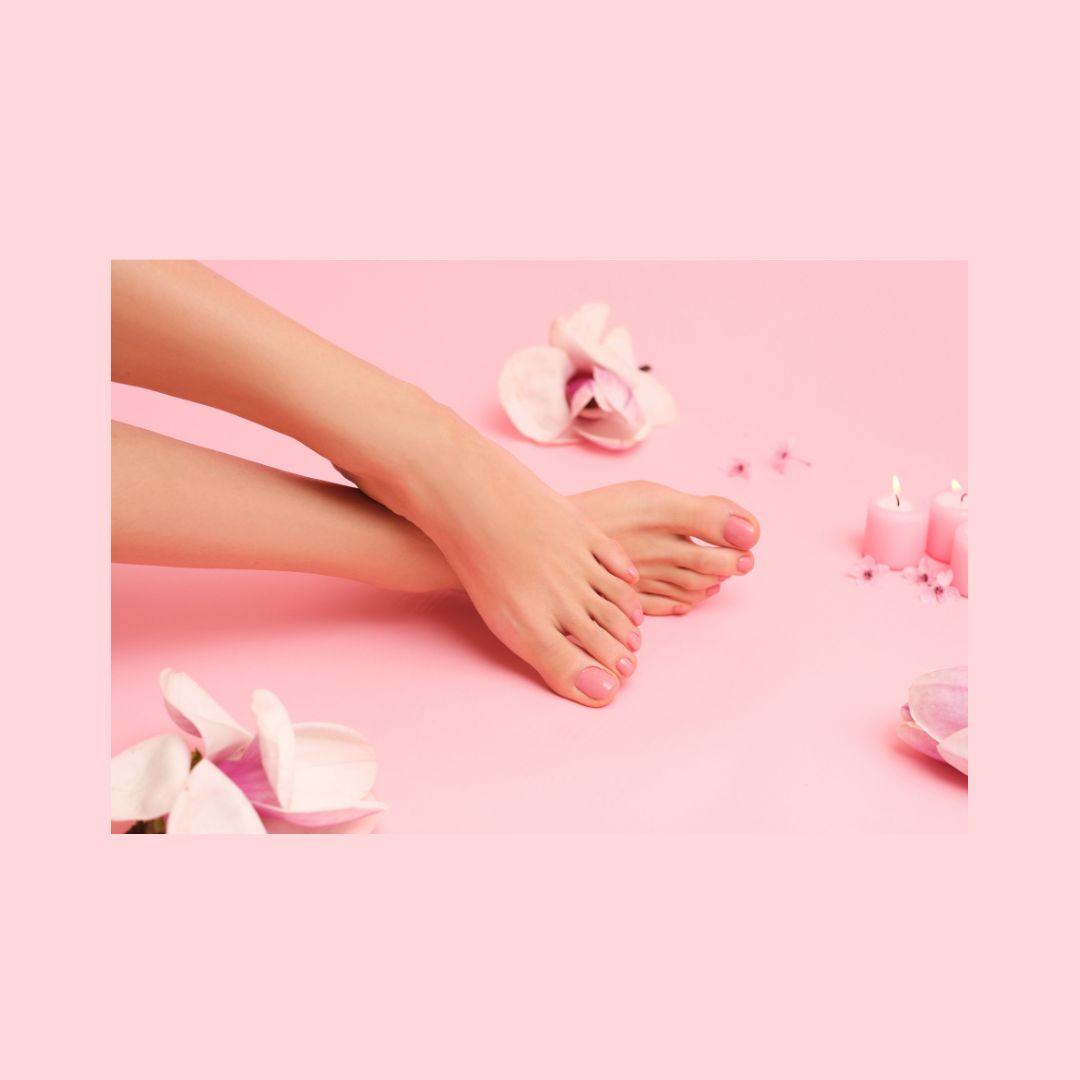
Hello, dear gentle readers! As podiatrists, we dedicate our careers to understanding and caring for the delicate structures of your feet. While a trip to a podiatrist is always ideal, sometimes a manicure or pedicure is a wonderful way to pamper yourself. However, choosing the right nail technician is essential for maintaining both the beauty and health of your feet. In this blog, I’d love to share some tips on finding a nail technician who will make sure your feet are in the best hands possible. Understanding Foot Anatomy To appreciate why choosing the right nail technician matters, let’s start with a bit of foot anatomy. Our feet are intricate, with many bones, joints, ligaments, and tendons working together to support us. This complexity means that even a simple pedicure can affect your foot health. Without proper care, you might face issues like ingrown toenails, infections, or other discomforts. Qualities to Look for in a Nail Technician Hygiene Practices: Hygiene is crucial. A reputable nail technician should maintain high standards of cleanliness. Look for someone who uses sterilized tools and thoroughly disinfects surfaces between clients. This helps to prevent the spread of infections and ensures a safe experience. Education and Training A well-trained nail technician will have formal education in nail care and a good understanding of foot anatomy. This knowledge allows them to perform their services safely and effectively, keeping your feet healthy and looking fabulous. Communication Skills A great nail technician will listen to your concerns and answer any questions you might have. They should provide personalized recommendations based on your foot health needs, ensuring you feel heard and understood. Attention to Detail Details matter! A skilled technician will carefully trim and shape your nails, while also keeping an eye out for any signs of nail or skin issues that might need further attention. Product Knowledge The right technician will use high-quality, safe products that are good for both your nails and skin. They should be well-informed about various products and techniques, helping you choose options that promote healthy feet without sacrificing style. Empathy and Compassion Visiting a nail technician can be a vulnerable experience, especially if you have specific foot concerns. Look for someone who shows empathy and compassion, making sure you feel comfortable and valued throughout your appointment. A Final Note Your feet deserve to be treated with care and respect. A beautifully manicured set of nails can be a wonderful treat, but it should never compromise your foot health. By focusing on hygiene, education, communication, attention to detail, product knowledge, and empathy, you’ll be able to enjoy both the aesthetic and health benefits of your nail care. If you or someone you know has concerns about their nails or general foot health, we’re here to help. Feel free to visit us at the clinic or give us a call at 06-877-3249. We’re always happy to assist with any foot care needs you might have. Take care of your feet, and they’ll keep you stepping comfortably for years to come! Warmest regards, Kylie Foster Podiatrist Book an appointment now

"Plantar fasciitis" is the dreaded term that most people have heard or are familiar with. Nowadays, we call it plantar heel pain, as often, it's not just the plantar fascia in isolation that's responsible for the discomfort; a variety of things can trigger the pain. Before we start with the tips and tricks, it's good to understand the factors that could have caused the condition and your pain so we can try to prevent it in the future. The condition can start with ill-fitting or improper footwear, high-impact activities, other soft tissue injuries, and higher weight, which can also cause heel pain. Tips and tricks: Stretching: Stretching out calf muscles and the bottom of your foot can relieve the soft tissues around the area. Calf stretches against the wall or while sitting are a great start. When sitting, you can stretch the toes and bottom of your foot similarly by pushing the toes up against the wall or pushing the toes upwards with your hands. Proper footwear: Wearing proper shoes that are fit for purpose and provide adequate support in the arch and around the back of the heel is important. It's important to separate shoes that are 'fashion' from function shoes. When dealing with an injury, a proper-fitting and functioning shoe is a very important part of your recovery. We recommend getting fitted with a proper pair from an experienced retailer. Ice and massage: Ice can help reduce pain in the area. A handy tip is to use a frozen water bottle and roll the bottom of your foot on that for 2-3minutes. Modifying activity: Reduce high-impact activities that cause excess strain and force on the area, especially in the initial stages of recovery and healing. Orthotic therapy and strengthening: Orthotics can play a vital role in aiding recovery. Orthotics shift load and help reduce strain on the soft tissues. Strengthening is also a great way to help with prevention in the future and make sure your feet and calf muscles are at their best. We usually pair orthotics and strength together to get the best outcome. Weight and lifestyle management: Managing weight can be challenging as it can be an insecurity for most, no matter what age. Our weight does play a role in healing from soft tissue and bone injuries. The more 'excess' weight we put through joints and soft tissue, the more stress we place on them and the higher the likelihood of them becoming painful or problematic. To help avoid heel pain, doing simple things like taking a lunchtime walk outside helps with getting those steps up and releasing endorphins, a happy drug for us, and getting some vitamin D from the sun. Women's health: Hormones play a significant role in recovery from injuries and pain. Hormones such as cortisol, your stress hormone, can delay healing. Menopause can also slow down the rate of healing from soft tissue injuries because of the reduction of estrogen, which helps collagen fibres synthesize. It's important to remember that every body is different, and what works for one person may not work for the other. Podiatrists are specialists in the lower limb, from muscles and ligaments to walking or gait styles. If you've been struggling with foot pain, why not book in to see a Podiatrist and see how they can help you? Book an appointment now
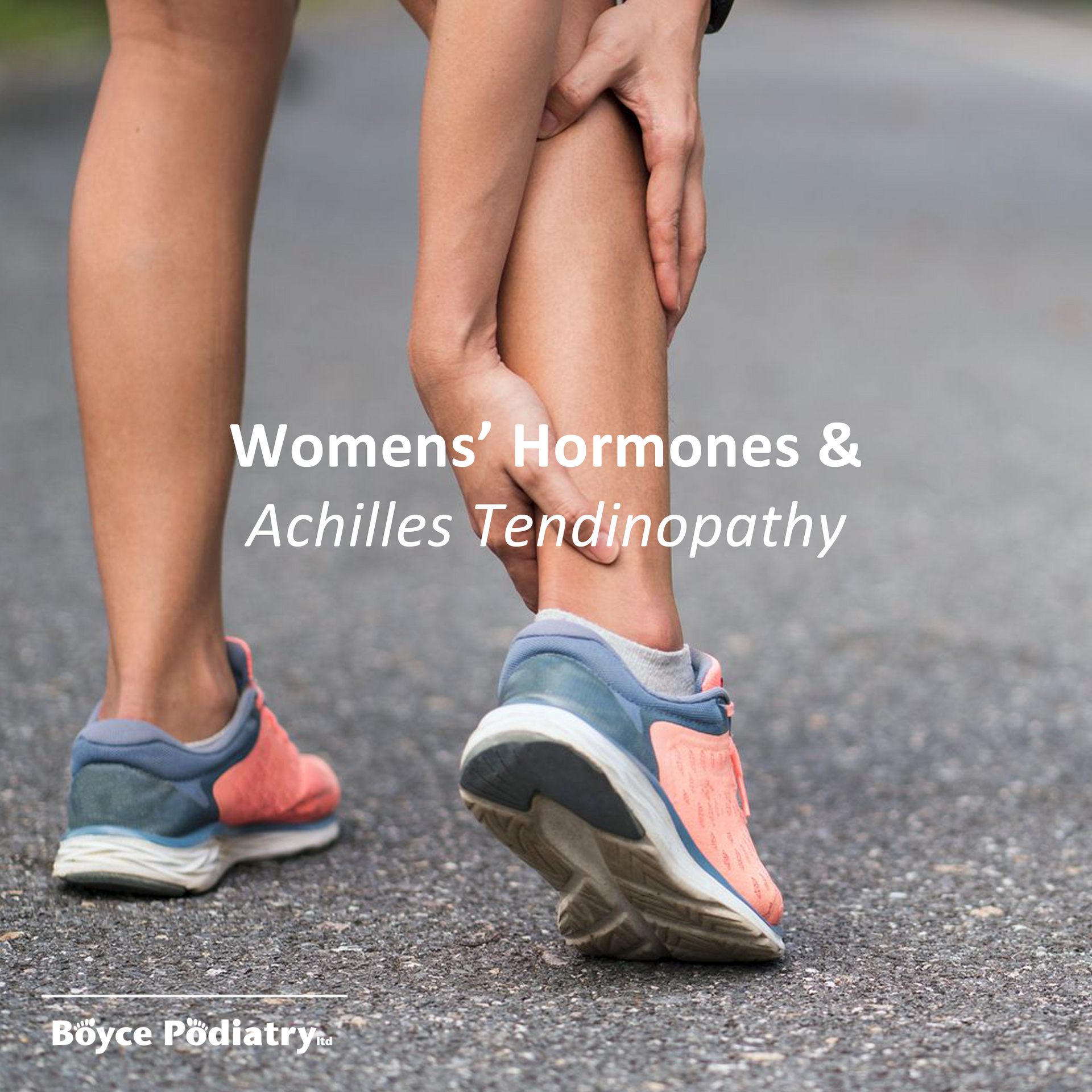
As women, our bodies go through many changes throughout our lives, and these changes can impact our overall health, including our feet. One condition that can affect women is Achilles tendinopathy, which is a common injury that occurs in the Achilles tendon. The Achilles tendon is the largest tendon in the body and connects the calf muscles to the heel bone. It is responsible for allowing us to walk, run, and jump, making it an essential part of our foot health. Achilles tendinopathy is a condition that occurs when the Achilles tendon becomes inflamed or irritated, leading to pain and discomfort. This condition can be caused by many factors, including overuse coupled with reduced strength, improper footwear, and hormonal changes. One of the main hormones that can impact the development of Achilles tendinopathy is estrogen. Estrogen is a hormone that is responsible for regulating many bodily functions, including the growth and repair of tissues. When estrogen levels are low, it can lead to decreased collagen production, which can weaken the Achilles tendon and increase the risk of injury. Other hormones that can impact the development of Achilles tendinopathy include progesterone and testosterone. Progesterone is a hormone that is responsible for preparing the uterus for pregnancy, but it can also impact the connective tissues in the body, including the Achilles tendon. Testosterone is a hormone that is typically associated with men, but it is also present in women and can impact muscle and bone health. So, what can women do to prevent and treat Achilles tendinopathy? First and foremost, it's important to maintain a healthy lifestyle, including regular exercise and a balanced diet. Women should also invest in proper footwear and avoid overuse of the Achilles tendon. Heavy resistance strength training has been shown to have amazing benefits on hormone health, bone and muscle health, as well as overall health benefits. If you develop Achilles tendinopathy, there are several treatment options available, including rest, ice, and physical therapy. Boyce Podiatry are also specialists in extracorporeal shockwave therapy, a gold standard treatment for achilles tendinopathy. We offer this alongside a functional strengthening programme. A strengthening program helps to stimulate tendon remodelling and also allows the tendon to adapt to being loaded in a more controlled way. We prescribe individualised strength programs to ensure that your tendon is being loaded in the best way. Some women may also benefit from hormone therapy or other medical interventions to address hormonal imbalances that may be contributing to the condition. In conclusion, women's hormones can impact their foot health and increase the risk of Achilles tendinopathy. However, by maintaining a healthy lifestyle, investing in proper footwear, and seeking medical attention when necessary, women can prevent and treat this condition and maintain healthy and happy feet for years to come.
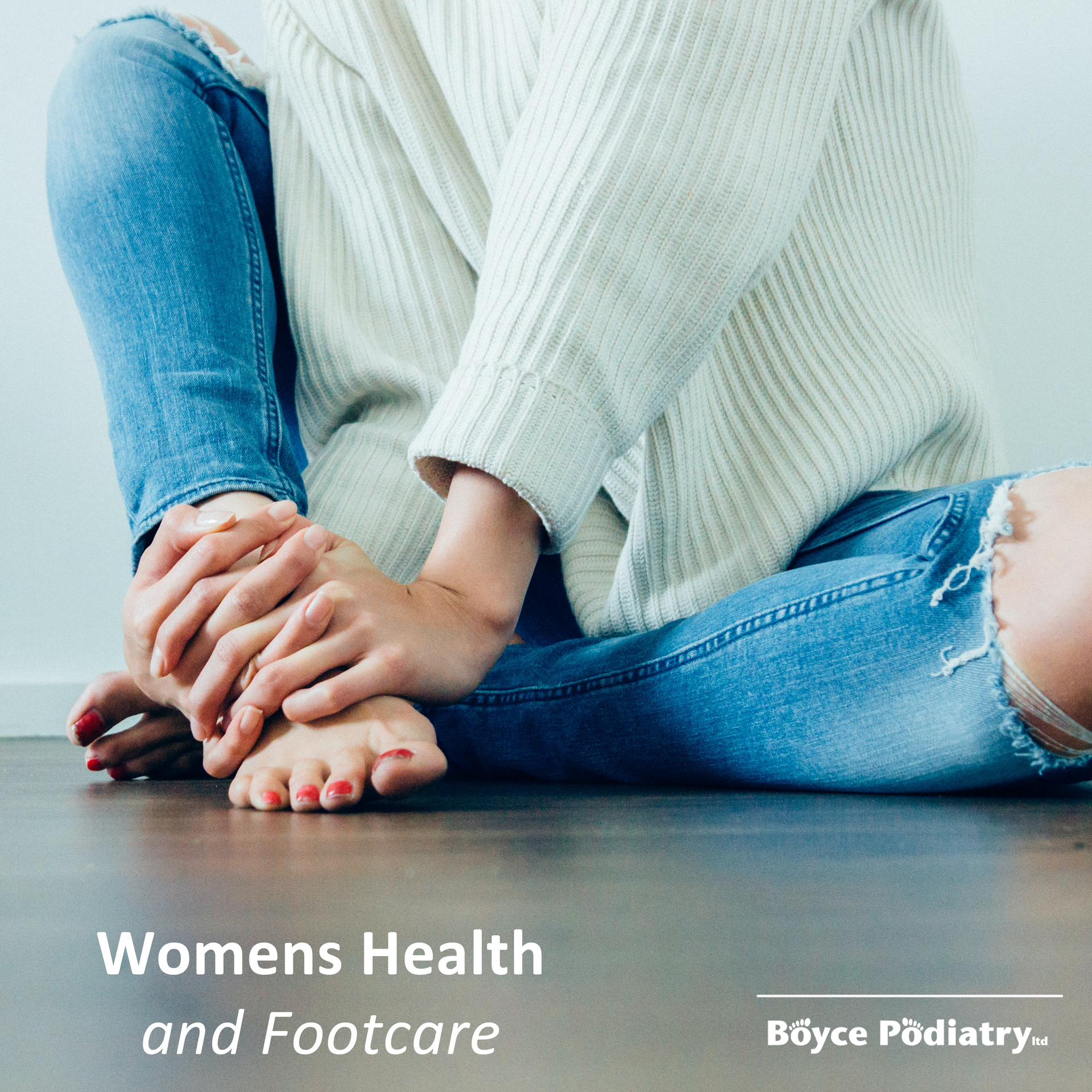
As women, we often neglect our foot health. We may focus on our skin, hair, or nails, but our feet are just as important. They carry us throughout the day and can impact our overall wellness. Did you know that in our lifetime, we will walk an average of 121,000 miles? Here are some tips for maintaining healthy and happy feet. First and foremost, invest in proper fitting footwear. Avoid shoes that are too tight or too loose. Opt for shoes with good arch support and cushioning. If you're on your feet for extended periods, consider wearing orthotic inserts for added support. Don't forget to rotate your footwear and avoid wearing the same pair every day. Regular foot care is also crucial. Keep your toenails trimmed and clean to avoid ingrown nails and fungal infections. Moisturize your feet regularly to prevent dryness and cracking. Use a pumice stone to gently exfoliate rough areas and promote circulation. When the hard skin gets too thick and the pumice isn't able to reduce this enough, a Podiatrist is able to remove the hard skin. With the hard skin removed the moisturiser is now able to penetrate the skin again and work its magic. As we get older, our skin starts to produce less oils and therefore our skin feels a lot drier. A moisturiser rich in urea is great for the skin on our feet as the skin is thicker and requires a bit more hydration. Stretching and exercising your feet can also improve their health. Try rolling a tennis ball under your foot to massage the arch and relieve tension. Toe curls and stretches can strengthen the muscles in your feet and improve flexibility. Mobility exercises like being able to lift your big toe up while keeping your smaller toes on the ground and vice versa is also great for extra movement. Lastly, pay attention to any pain or discomfort in your feet. Don't ignore it and hope it will go away on its own. Seek medical attention if you experience persistent pain or notice any changes in the appearance of your feet. In conclusion, taking care of your feet is essential for overall wellness. By following these tips, you can maintain healthy and happy feet for years to come, taking care of your feet means they will take care of you. Remember, happy feet, happy life!
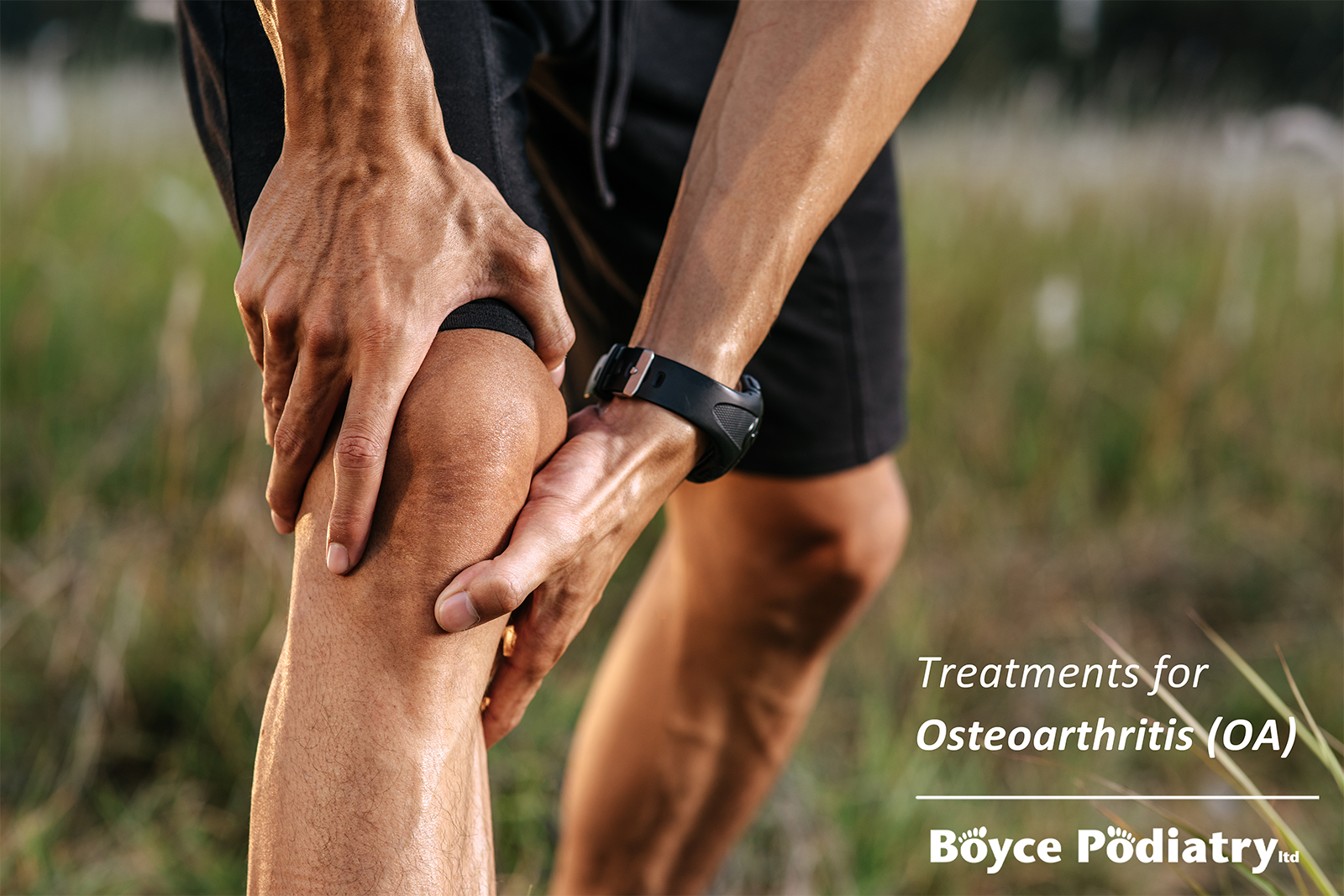
As we age, the term “arthritis” seems to become one of the most common terms we hear. Osteoarthritis (OA) can be quite a painful and debilitating condition for some people. The New Zealand Medical Association (NZMA) states, “One in ten New Zealanders are affected by OA and it is said to increase by 76% in the next 20 years due to obesity and population demographics”. The knee joint is the most frequently affected joint when it comes to OA, this is closely followed by the hip joint, and smaller joints such as the hands and feet. After years of OA research and studies, the effectiveness of exercise shows that strengthening the surrounding muscles will support the joint. However, the prevalence of pain can be a deterrent from undertaking the strengthening exercises. Occasionally people are worried about making things worse when completing their exercises. This pattern we slowly need to break in order to get the best outcomes. For this reason educating our clients on OA is important and therefore an exercise regime we would recommend as essential. The pain associated with OA, especially knee OA is linked with the bone marrow oedema, which accompanies OA. One recent study looked at the effect of focussed shockwave therapy ( https://www.boycepodiatry.co.nz/shockwave-therapy ) on bone marrow oedema. Participants had their bone marrow oedema measured using MRI pre and post study. The final MRI scan showed a whopping 86% decrease in the surface area of the bone marrow oedema and significantly reduced pain compared to the control group. Recent studies have also shown the benefit of photobiomodulation therapy (or PBMT) and its effect of increasing femoral cartilage thickness. Using a combination of these above mentioned techniques; shockwave, PBMT, and exercise therapy shows the best results for those looking to take back control of their life. Has your pain stopped you from the 9 holes of golf you used to play? Has it stopped you from running around after the grandkids? Or has it affected your confidence doing day-to-day activities? Why not come in and see what we can do to help get you back up and doing the things you love.
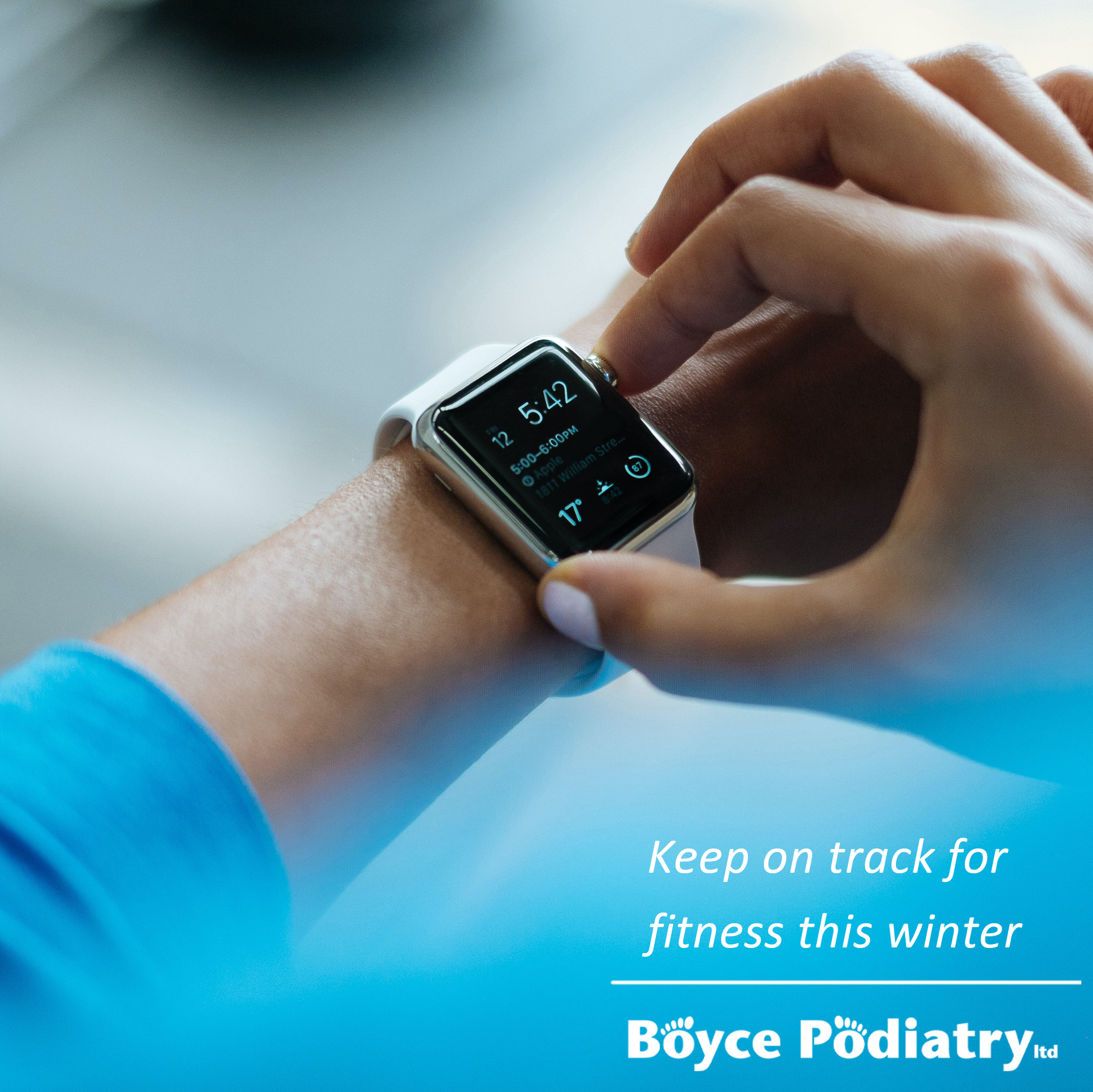
What is Shockwave therapy? Shockwave therapy, or its full name extracorporeal shockwave therapy (ESWT) is a specialist treatment Boyce Podiatry has been offering for over 5 years now. It involves the use of high-energy sound waves to stimulate healing in damaged tissues. It is gaining more interest due to its regenerative approach to injury healing, as opposed to the sometimes degenerative effects of cortisone injection therapy. Shockwave therapy has been around for a long time and its first in-clinic session was recorded in the 1980’s. However lithotripsy, which Shockwave is derived from, has been around for much longer. Lithotripsy is the act of using an ESWT to break up kidney stones, but it was soon realized that this could be used on musculoskeletal conditions. We use shockwave to help promote a natural healing response on soft tissue and bone. Here at Boyce Podiatry, we have two shockwave machines (radial & focussed). The radial machine works on more of a superficial level of muscle and tendon; making it great for those pesky achilles tendon injuries and so much more. The radial is also great for smoothing muscle and helping to release trigger points that sit within the muscle. Because of the mechanism of action on the focussed machine, we can go a lot deeper - up to 12cm-13cm of therapeutic effectiveness! We use it on tendons, muscles and bones, which lay deeper - such as gluteal and hamstring muscles and tendons. However, the focussed machine can still be used superficially - making it a great asset to have at our disposal. What are the benefits of shockwave therapy? One of the main benefits of ESWT is that it is a non-invasive treatment. This means that there is no need for surgery or other invasive procedures such as local anesthetic, which can be painful and require a long recovery time. ESWT is also relatively painless with most patients reporting only a mild tingling sensation or deep ache during the treatment. Another benefit of ESWT is that it is a safe treatment option. Unlike surgery or other invasive procedures, there is no risk of infection or other complications with ESWT. The treatment is also very precise, meaning that only the affected area is targeted. Does it hurt? During your first session of Shockwave - especially the first bit of the session, we desensitize the area by using a lower dose of shockwave (or photobiomodulation therapy- one of our other specialist treatments). The shockwave is thought to disrupt the pain signals. Often because it's not something your body has experienced before, it is a bit more aware of the sensation. Although, the feeling settles and becomes more tolerable and even enjoyable - people often describe it as the good kind of pain “like it's really getting in there and doing something”. We normally keep your pain level at about a 4-5/10 to make sure we get enough of a therapeutic effect into the tissue we are treating. However everyone is different and we adjust the settings according to your pain level. What conditions can shockwave actually be used for? Shockwave therapy can be used for treating many conditions such as; Musculoskeletal pathologies & Tendinopathies ; Achilles tendinopathy Plantar heel pain syndrome (previously known as plantar fasciitis) Plantar fibromatoma Gluteal tendinopathies Hamstring tendinopathies Myofascial pain and release of trigger points Bone injury and bone pathology ; Stress fractures Non healing fractures (on specialist referral, MRI findings) Shin splints Management of osteoarthritis(on specialist referral, MRI findings) Bone marrow oedema (on specialist referral, MRI findings) Neurological pathologies ; Spasticity Polyneuropathy If you've had aches and pains slowing you down or concerning you, why not pop into the clinic and see whether shockwave or one of our other services could benefit you. Photo inset below: Podiatrists Kylie (left) and Lynley (right) with enovis educator, Cliff Eaton from the UK. We got to spend one on one time with him last Friday following a workshop on the Thursday evening involving specialist training in shockwave therapy and photobiomodulation (lightforce) therapy.
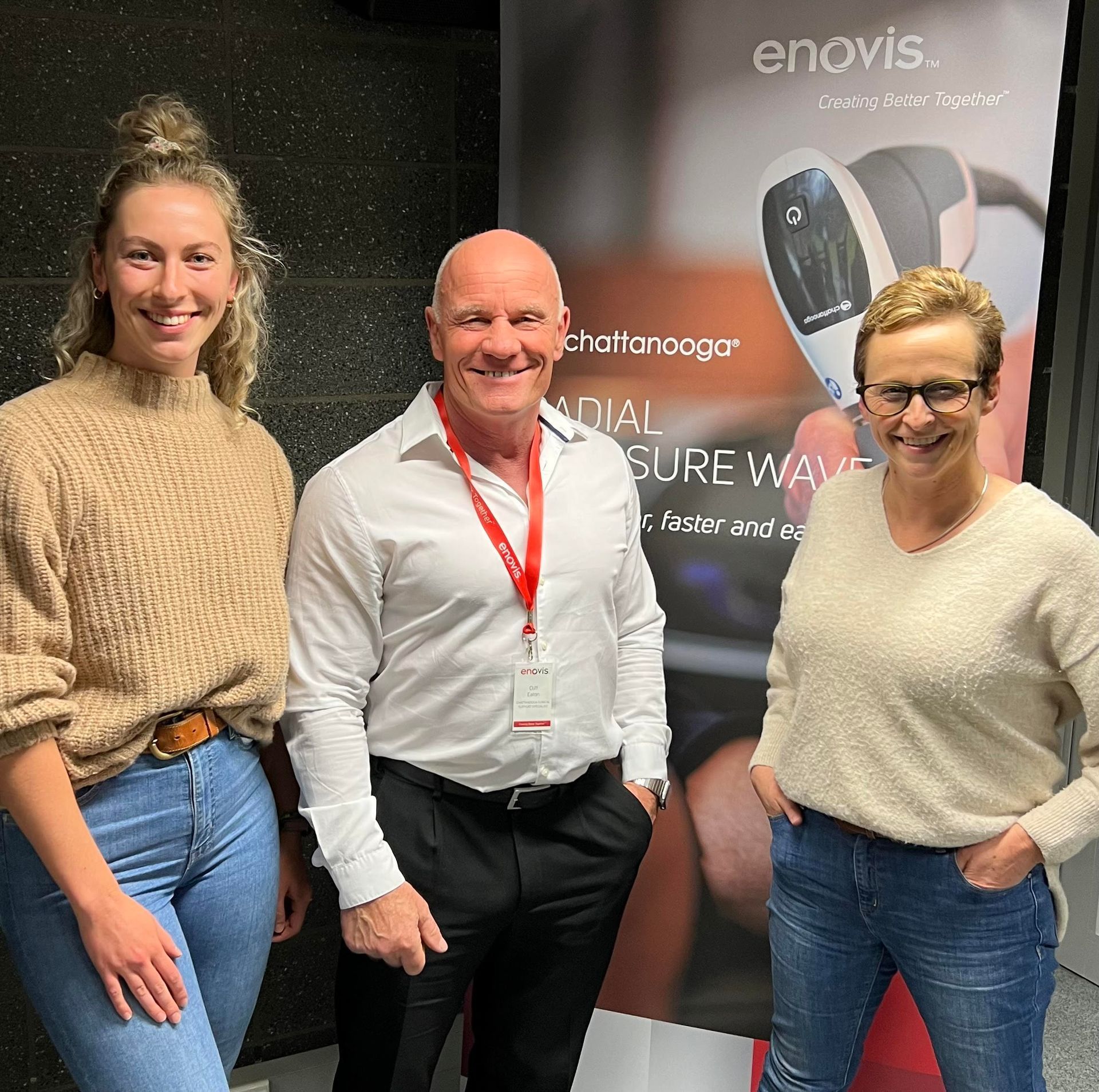
What is Shockwave therapy? Shockwave therapy, or its full name extracorporeal shockwave therapy (ESWT) is a specialist treatment Boyce Podiatry has been offering for over 5 years now. It involves the use of high-energy sound waves to stimulate healing in damaged tissues. It is gaining more interest due to its regenerative approach to injury healing, as opposed to the sometimes degenerative effects of cortisone injection therapy. Shockwave therapy has been around for a long time and its first in-clinic session was recorded in the 1980’s. However lithotripsy, which Shockwave is derived from, has been around for much longer. Lithotripsy is the act of using an ESWT to break up kidney stones, but it was soon realized that this could be used on musculoskeletal conditions. We use shockwave to help promote a natural healing response on soft tissue and bone. Here at Boyce Podiatry, we have two shockwave machines (radial & focussed). The radial machine works on more of a superficial level of muscle and tendon; making it great for those pesky achilles tendon injuries and so much more. The radial is also great for smoothing muscle and helping to release trigger points that sit within the muscle. Because of the mechanism of action on the focussed machine, we can go a lot deeper - up to 12cm-13cm of therapeutic effectiveness! We use it on tendons, muscles and bones, which lay deeper - such as gluteal and hamstring muscles and tendons. However, the focussed machine can still be used superficially - making it a great asset to have at our disposal. What are the benefits of shockwave therapy? One of the main benefits of ESWT is that it is a non-invasive treatment. This means that there is no need for surgery or other invasive procedures such as local anesthetic, which can be painful and require a long recovery time. ESWT is also relatively painless with most patients reporting only a mild tingling sensation or deep ache during the treatment. Another benefit of ESWT is that it is a safe treatment option. Unlike surgery or other invasive procedures, there is no risk of infection or other complications with ESWT. The treatment is also very precise, meaning that only the affected area is targeted. Does it hurt? During your first session of Shockwave - especially the first bit of the session, we desensitize the area by using a lower dose of shockwave (or photobiomodulation therapy- one of our other specialist treatments). The shockwave is thought to disrupt the pain signals. Often because it's not something your body has experienced before, it is a bit more aware of the sensation. Although, the feeling settles and becomes more tolerable and even enjoyable - people often describe it as the good kind of pain “like it's really getting in there and doing something”. We normally keep your pain level at about a 4-5/10 to make sure we get enough of a therapeutic effect into the tissue we are treating. However everyone is different and we adjust the settings according to your pain level. What conditions can shockwave actually be used for? Shockwave therapy can be used for treating many conditions such as; Musculoskeletal pathologies & Tendinopathies ; Achilles tendinopathy Plantar heel pain syndrome (previously known as plantar fasciitis) Plantar fibromatoma Gluteal tendinopathies Hamstring tendinopathies Myofascial pain and release of trigger points Bone injury and bone pathology ; Stress fractures Non healing fractures (on specialist referral, MRI findings) Shin splints Management of osteoarthritis(on specialist referral, MRI findings) Bone marrow oedema (on specialist referral, MRI findings) Neurological pathologies ; Spasticity Polyneuropathy If you've had aches and pains slowing you down or concerning you, why not pop into the clinic and see whether shockwave or one of our other services could benefit you. Photo inset below: Podiatrists Kylie (left) and Lynley (right) with educator Envois, Cliff Eaton from the UK. We got to spend one on one time with him last Friday following a workshop on the Thursday evening involving specialist training in shockwave therapy and photobiomodulation (lightforce) therapy.

